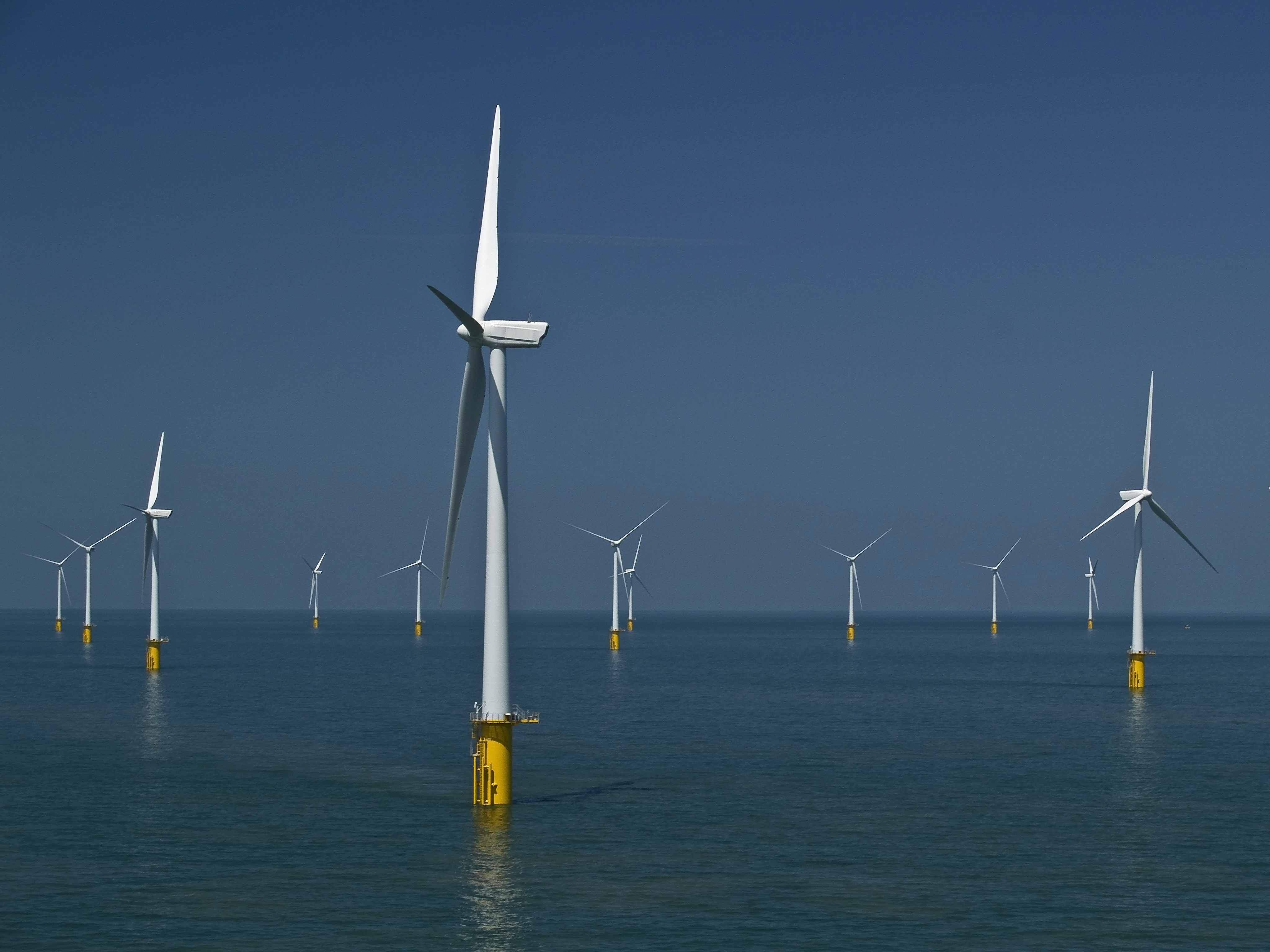
Investing in a net zero electricity network
Lydia Ogilvie, Head of Network Strategy and Operations at National Grid Electricity Transmission (NGET) shares NGET’s plan to invest and upgrade the electricity transmission system in England and Wales to help deliver net zero.
Onshore electricity infrastructure will be critical to achieving net zero. At the end of January National Grid ESO published its findings of the 7th Network Options Assessment (NOA7). It’s one of the key steps in the way we at NGET plan our work to deliver the future onshore network. The analysis and thinking around practical network solutions, that we feed into the ESO’s NOA and our own wider network planning, is more important than ever with the government’s ambitions for 40 GW of offshore wind generation by 2030 and net zero emissions by 2050.
The NOA 7 publication, and its confirmation of the need to progress with major network reinforcement solutions, highlights the crucial role that the electricity transmission system will play in our energy future.
Based on the outputs of the NOA, there are 42 of these ‘boundary reinforcement’ projects across our network that we must proceed with this year to deliver by their earliest possible delivery date, and a further 50 that will likely require development in the near future.
Many of our major programmes of work that are assessed through the NOA process are related to the growth in offshore wind and the ‘40 by 30’ target. We are developing 16 major projects across our network to facilitate this target. These projects include proposals in the Humber, Lincolnshire, East Midlands, North of England, Yorkshire, North Kent, four in East Anglia (one of which is a proposed offshore link between Suffolk and Kent) as well as proposed offshore electricity connections between Scotland and Northern England.
Our lines and substations will connect increasing amounts of offshore wind from the North Sea and East Coast and deliver low carbon energy to where it is needed across England and Wales; enabling the growth of renewable electricity, reducing carbon emissions and supporting delivery of net zero.
In addition to facilitating ‘40 by 30’ there is continued investment across the network – connecting, expanding and maintaining through projects such as our Hinkley Connection, a £900m investment to connect low carbon energy to six million homes in the South West and London Power Tunnels, a £1 billion project building 30km of tunnels to ‘rewire’ London and future proof it’s electricity supply for decades to come.
Investing in jobs and economic growth
This is a significant investment; the projects related to the East Coast require around £10 billion of investment, as well as offering huge opportunities for job creation and economic growth. The government estimates 40 GW of offshore wind will support up to 60,000 jobs by 2030 and zero emission vehicles could support 40,000 jobs in the same period. Our own analysis in our Job That Can’t Wait report shows that the country needs to fill 400,000 jobs in the energy sector in the next three decades to deliver net zero by 2050. Communities in our Eastern coastal regions, next to the North Sea, are perfectly located to benefit from these opportunities, with the growth in offshore wind and the associated onshore infrastructure.
At NGET we see skills and training for young people as hugely important, and where we are delivering network investments, we work with schools and local authorities to encourage the next generation of engineers and help the long term unemployed develop new skills.
Engaging with stakeholders
The future will always be uncertain, but it’s clear that the transmission system will need to transform to make sure the UK can meet its climate change targets – meaning a step change in how we plan, consent, consult and construct in the next decade.
Our programme of engagement with stakeholders and local communities will continue to grow, using their feedback to help shape these upgrades and deliver them with the least impact on communities and the environments that house them.
And more than ever we will need coordination and collaboration between Government, Ofgem, transmission owners and system operators. We’re supporting BEIS, Ofgem, NGESO and others through the Offshore Transmission Network Review (OTNR) and are pleased that NGESO’s work on the ‘Holistic Network Design’ (HND) is progressing. Publication of HND in the summer will give greater certainty on the scale of investment and infrastructure required, and how we do this in a coordinated way.
Net zero will not be possible without significant investment in our electricity transmission system. This latest NOA7 publication is another clear signpost on that journey. We’re now working to make these projects a reality, delivering reduced emissions and tackling the impacts of climate change.



